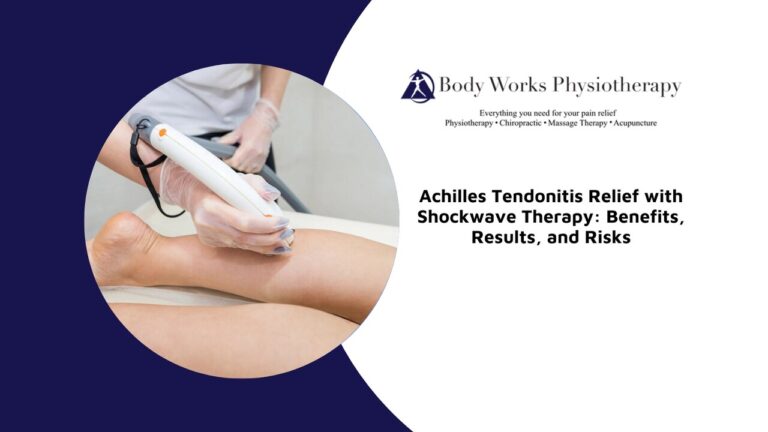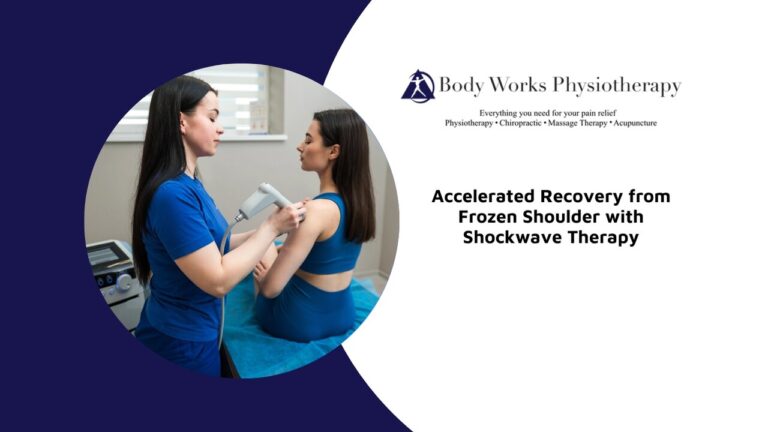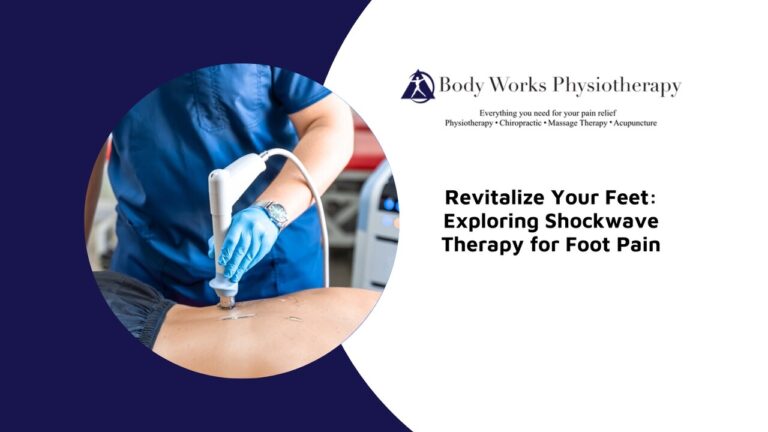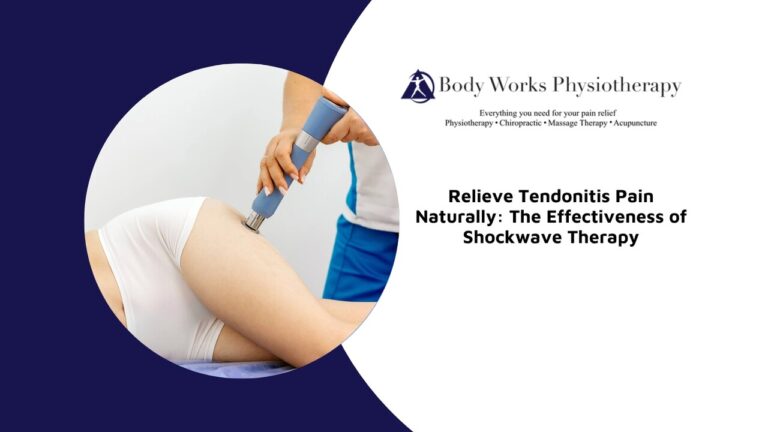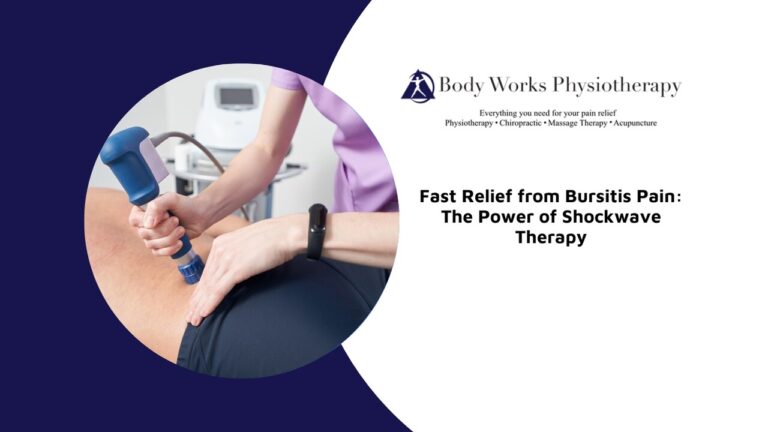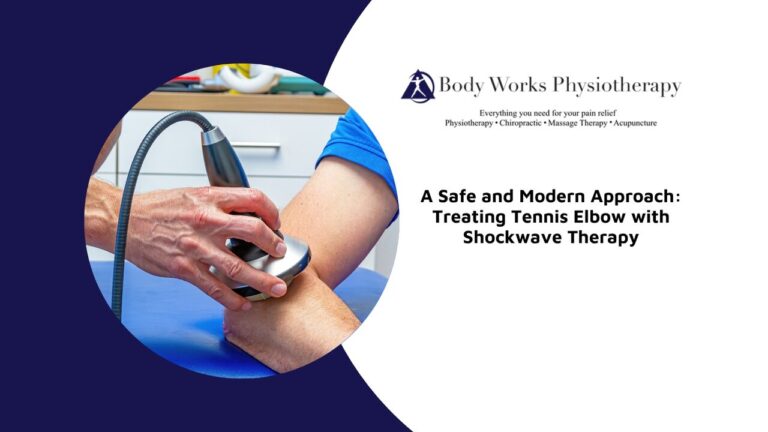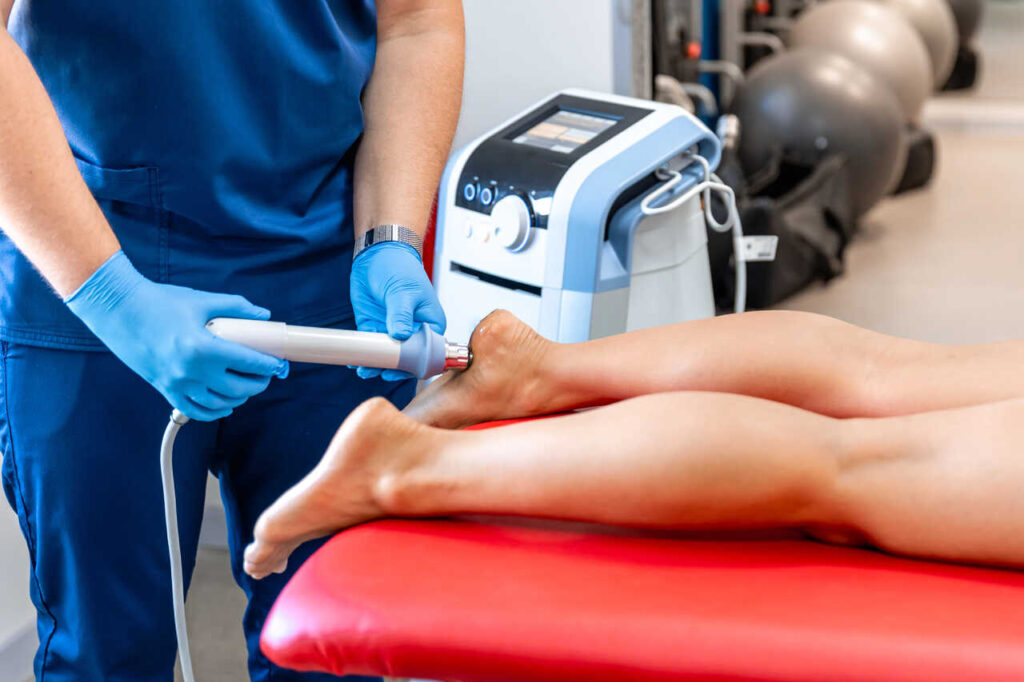
Plantar fasciitis can cause persistent foot pain that interferes with daily activities, making every step uncomfortable. While traditional treatments like stretching, orthotics, and rest can help, some cases require a more advanced approach. In this blog, we explore how shockwave therapy offers a non-invasive, highly effective solution for plantar fasciitis by stimulating the body’s natural healing process, reducing inflammation, and promoting long-term pain relief. If you’re struggling with chronic heel pain, shockwave therapy may be the answer you’ve been looking for.
Understanding Shockwave Therapy for Plantar Fasciitis
Shockwave therapy is a cutting-edge, non-invasive treatment designed to promote healing and reduce pain by using acoustic waves to stimulate the body’s natural repair processes. When applied to plantar fasciitis, this therapy targets the damaged tissue, increasing circulation, reducing inflammation, and encouraging regeneration in the plantar fascia.
- Stimulates Natural Healing: Acoustic waves create microtrauma in the affected area, triggering the body’s healing response and accelerating tissue repair.
- Increases Blood Flow: Improved circulation delivers oxygen and essential nutrients to the plantar fascia, aiding in faster recovery.
- Reduces Inflammation: By breaking down calcifications and stimulating anti-inflammatory responses, shockwave therapy helps relieve chronic pain and swelling.
- Enhances Tissue Regeneration: Encourages the growth of new, healthy cells in the plantar fascia, strengthening the structure and preventing further damage.
- Provides Long-Term Pain Relief: Unlike temporary pain management solutions, shockwave therapy addresses the root cause of plantar fasciitis for sustained improvement.
Shockwave Therapy Sessions for Plantar Fasciitis: What to Expect
Understanding what to expect during a shockwave therapy session can help ease any concerns and prepare you for treatment. Each session is relatively short, requiring no downtime, making it a convenient option for those with busy schedules.
- Pre-Treatment Preparation: The practitioner will assess your foot condition, mark the treatment area, and apply a special gel to enhance the transmission of acoustic waves.
- Application of Shockwaves: A handheld device is placed against the affected area, delivering controlled acoustic pulses deep into the tissue.
- Sensation During Treatment: You may feel a pulsing or tapping sensation. While some mild discomfort is possible, the intensity can be adjusted for comfort.
- Session Duration: Most treatments last between 15 to 30 minutes, depending on the severity of the condition and the individual’s response.
- Post-Treatment Effects: Some individuals notice immediate pain relief, while others may experience gradual improvement over several sessions.
- No Recovery Downtime: Clients can walk immediately after treatment and return to normal activities with minimal restrictions.
How Many Sessions of Shockwave Therapy Are Needed to See Results for Plantar Fasciitis?
Most individuals begin to notice improvement after 3–5 sessions, spaced about a week apart. The exact number of treatments depends on the severity of the condition and the individual’s response to therapy. Your practitioner will tailor the treatment plan to your specific needs. In cases of mild to moderate plantar fasciitis, some individuals may achieve substantial relief after just a few sessions, whereas those with severe or long-term symptoms may require a longer course of treatment to achieve optimal results.
The therapy’s effectiveness tends to build over time, meaning that while some people feel immediate relief, others experience gradual improvement over several weeks as the body continues the healing process. Maintaining a consistent schedule and following any recommended post-treatment care, such as stretching and strengthening exercises, can enhance the long-term effectiveness of the therapy.
Possible Risks or Side Effects Associated With Shockwave Therapy for Plantar Fasciitis
Shockwave therapy is considered a safe and effective treatment, but like any medical procedure, it comes with potential risks and side effects. Fortunately, these are usually mild and temporary.
- Common Side Effects: Some people experience slight redness, swelling, or soreness in the treated area, which typically subsides within 24–48 hours.
- Mild Discomfort: A temporary aching or tingling sensation may occur after treatment, but this is generally short-lived.
- Rare Complications: While uncommon, bruising or increased sensitivity in the foot may be reported in some cases.
- Precautions and Contraindications: Individuals with blood clotting disorders, nerve disorders, or those taking anticoagulants should consult with their healthcare provider before undergoing treatment.
- Minimized Risks with Proper Care: Receiving treatment from a qualified professional ensures that the therapy is safely administered with minimal complications.
Comparing Shockwave Therapy With Other Treatments for Plantar Fasciitis
When considering treatment options for plantar fasciitis, it’s important to compare the effectiveness of shockwave therapy to other commonly used methods.
- Faster Results Compared to Orthotics and Physiotherapy: While orthotics and physiotherapy can be effective, shockwave therapy often provides quicker pain relief, particularly in chronic cases.
- Non-Invasive Alternative to Surgery: Unlike surgical interventions, shockwave therapy does not require incisions, anesthesia, or lengthy recovery times.
- Effective for Chronic Cases: Ideal for individuals who have not responded well to rest, stretching, corticosteroid injections, or other conservative treatments.
- Combinable with Other Therapies: Works well alongside physiotherapy, orthotics, stretching exercises, and lifestyle adjustments for a more comprehensive approach to healing.
- Long-Term Relief: Unlike painkillers or temporary fixes, shockwave therapy addresses the underlying issues, helping to prevent future flare-ups of plantar fasciitis.
By offering a safe, efficient, and non-invasive treatment option, shockwave therapy stands out as a leading choice for those seeking long-term relief from plantar fasciitis.
Can Shockwave Therapy Prevent Plantar Fasciitis Recurrence?
Yes, shockwave therapy not only treats the symptoms but also addresses underlying issues like tissue damage and inflammation. By promoting healing and strengthening the plantar fascia, it reduces the likelihood of recurrence. Pairing the therapy with proper footwear, stretching, and lifestyle changes further enhances prevention. Regular physical activity that promotes foot strength and flexibility, along with avoiding excessive strain on the feet, can also contribute to lasting results.
Many people who undergo shockwave therapy find that they can resume their daily activities with greater comfort and confidence, but it’s essential to maintain good foot care practices to prevent re-injury. Working with a healthcare professional to identify any biomechanical issues, such as flat feet or improper gait patterns, can further reduce the risk of plantar fasciitis returning. By incorporating preventive strategies alongside shockwave therapy, people can experience lasting relief and improved foot health over the long term.
Walk, Run, and Live With Confidence
Chronic plantar fasciitis can be frustrating and difficult to treat, but shockwave therapy offers a safe, effective, and non-invasive solution for lasting relief. By stimulating tissue healing and reducing inflammation, this therapy can help you regain mobility and enjoy daily activities without pain. If plantar fasciitis is limiting your movement, consider exploring shockwave therapy as part of your treatment plan.
At Body Works Physiotherapy in Scarborough, our skilled practitioners provide personalized care to help you achieve optimal recovery. Schedule your appointment today and take the first step toward pain-free living.

